October 29, 2025
Data Shows Endangered Palau Ground Doves Swiftly Recovering After Successful Palauan Island Conservation Effort
Astounding evidence of recovery on Ulong Island in Palau after just one year!
Published on
October 10, 2017
Written by
Emily Heber
Photo credit
Emily Heber
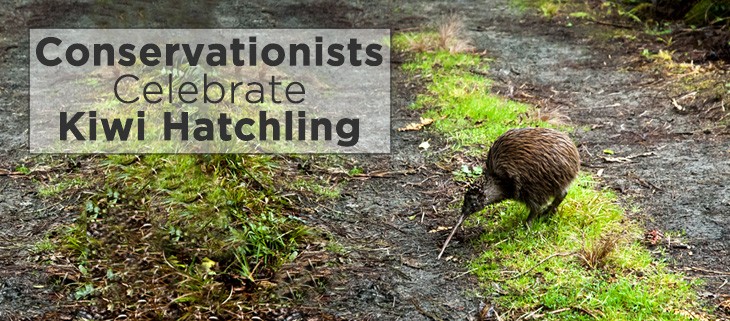
New Zealand’s iconic Kiwi bird is triggering considerable conservation efforts; many organizations are working hard to protect this small flightless bird, and the efforts have recently been rewarded. A newly hatched chick at the Kiwi Encounter hatchery in Rotorua has conservationists excited. The Brown Kiwi chick hatched after spending three weeks in an incubator at the facility.
The egg was collected from the wild after the father abandoned the nest. Conservationists were monitoring the nest where the new chick was in the Otanewainuku forest; a chick transmitter informed them when the father left the nest. Conservation volunteers stepped in, located the nest, and extracted the egg before it got too cold. If the egg is left unattended for more than 12 hours, it will not survive.
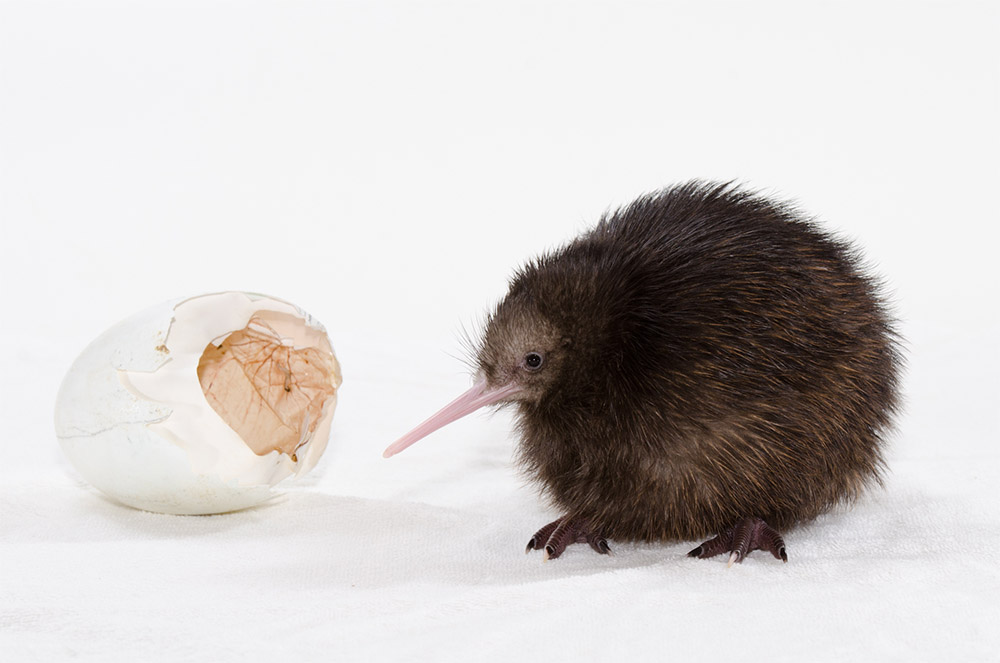
The chick hatched Friday September 29th with human assistance–the bird’s legs were crossed over its chest, making it difficult to break free. Now that the chick is hatched, it will stay at the facility until it is about three times its current weight, at which point it will be released into a Kiwi nursery and eventually its forest home.
Conservation measures at this level of detail are currently necessary for the continued survival of the native Kiwi species; at the root of the Kiwis’ problems are invasive species. The introduction of invasive predators such as rats, stoats, and possums to New Zealand has largely contributed to decline in Kiwi populations. These acute conservation efforts are keeping the species afloat until the time New Zealand is able to carry out their Predator Free 2050 initiative, which aims to remove invasive species from Kiwi habitat. If the project succeeds, Kiwi will be significantly less dependent on human intervention.
Featured Photo: A Kiwi chick in the forest. Credit: Jake Osborne
Source: New Zealand Herald
Check out other journal entries we think you might be interested in.

October 29, 2025
Astounding evidence of recovery on Ulong Island in Palau after just one year!
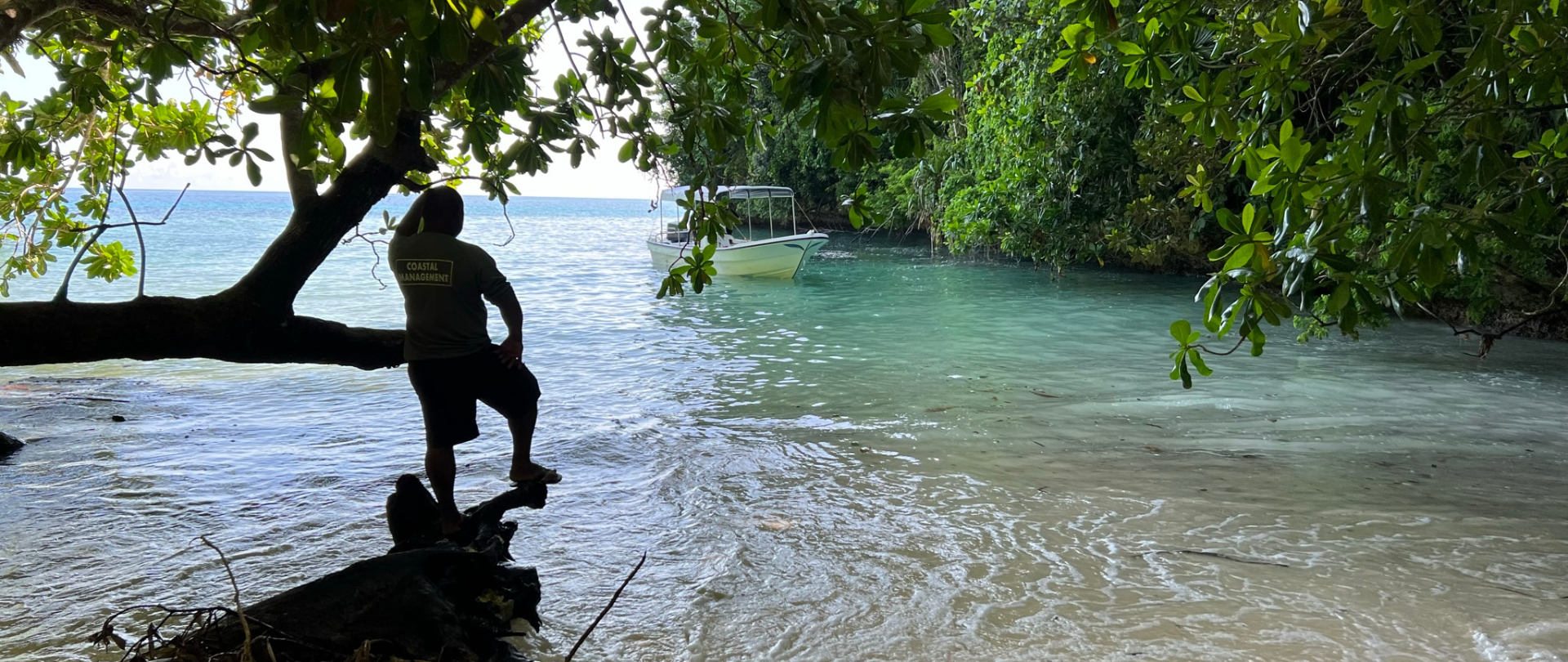
May 19, 2025
Read our position paper on The 3rd United Nations Ocean Conference (UNOC 3) to see why we're attending and what we aim to accomplish!
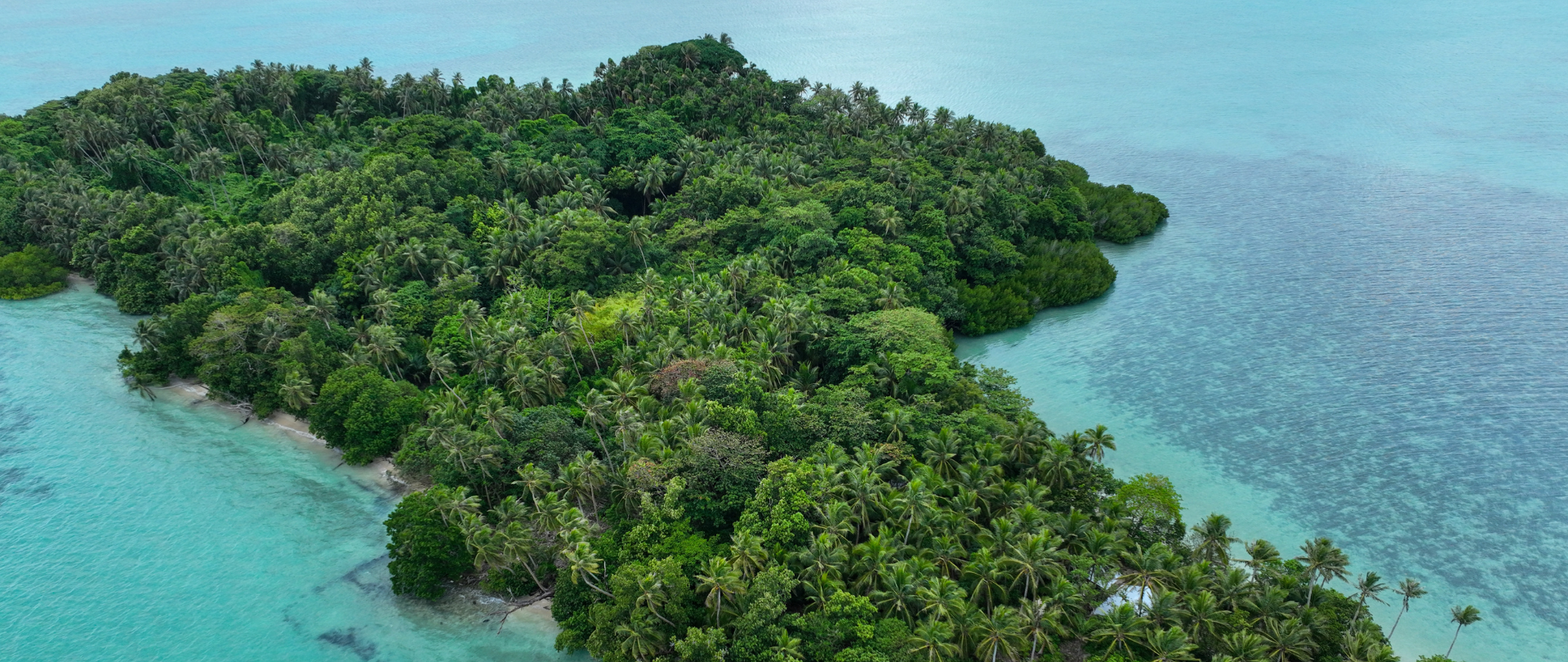
December 4, 2024
Ann Singeo, founder of our partner organization the Ebiil Society, shares her vision for a thriving Palau and a flourishing world of indigenous science!
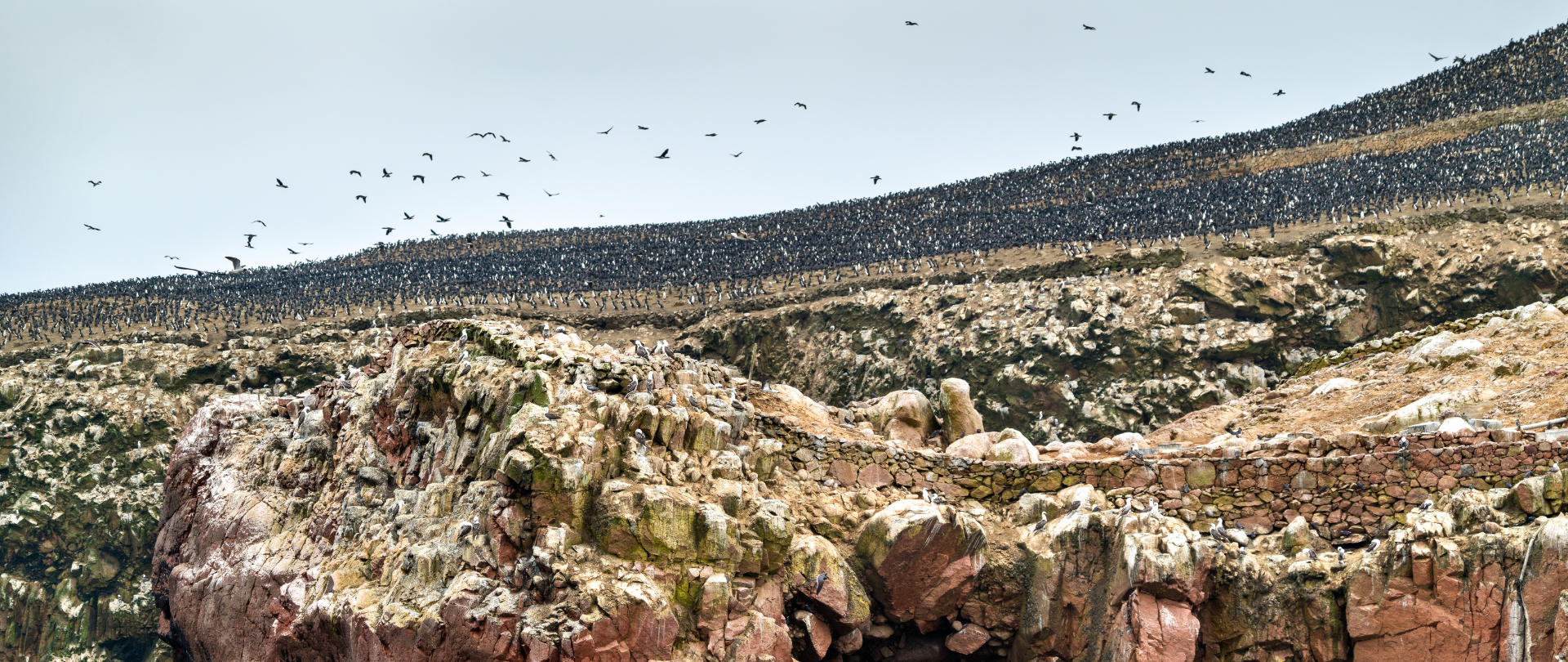
November 22, 2024
This historic agreement aims to protect the marine and coastal areas of the Southeast Pacific.
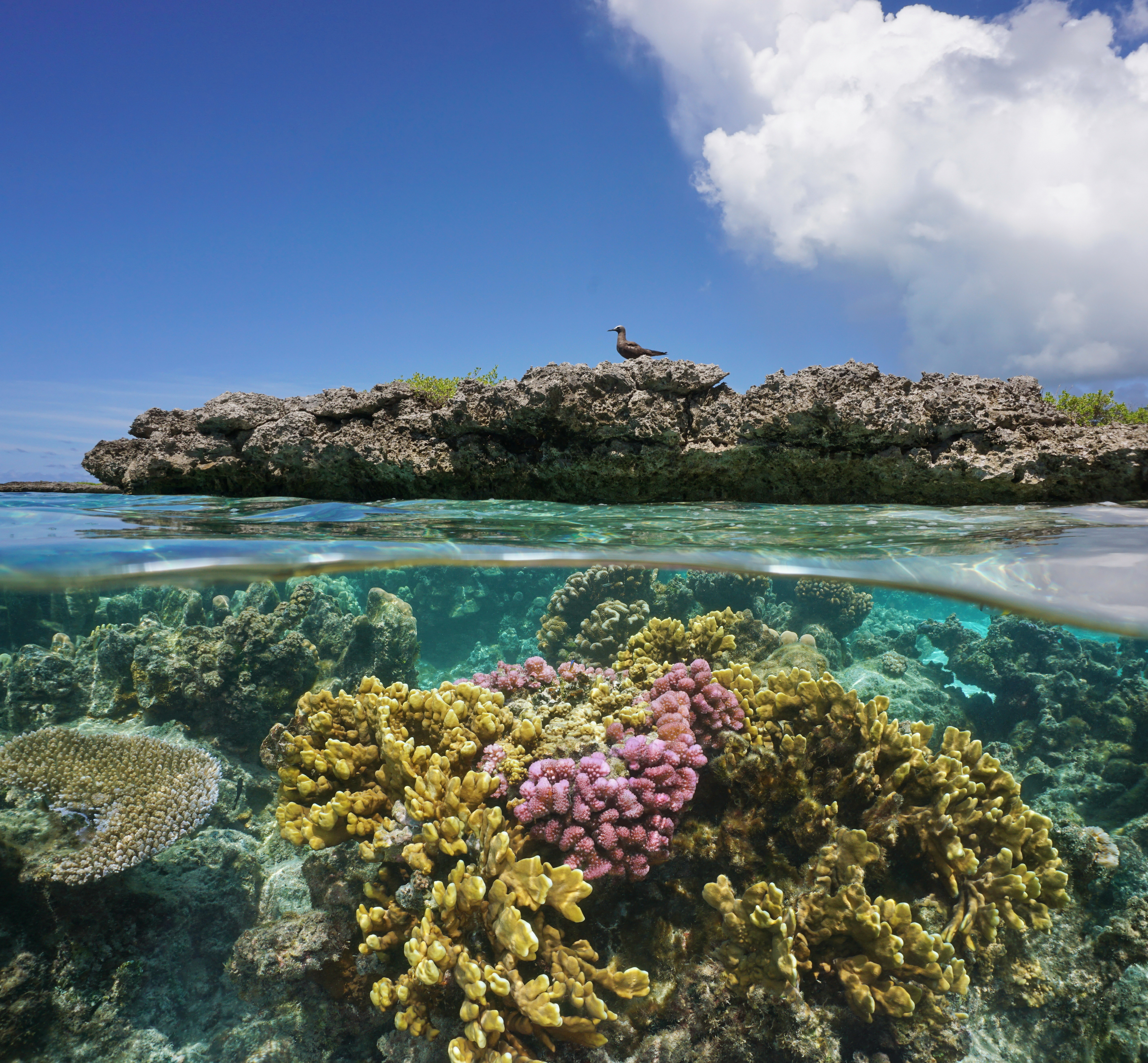
November 18, 2024
Our projects to restore key islets in Nukufetau Atoll forecast climate resilience and community benefits in Tuvalu!
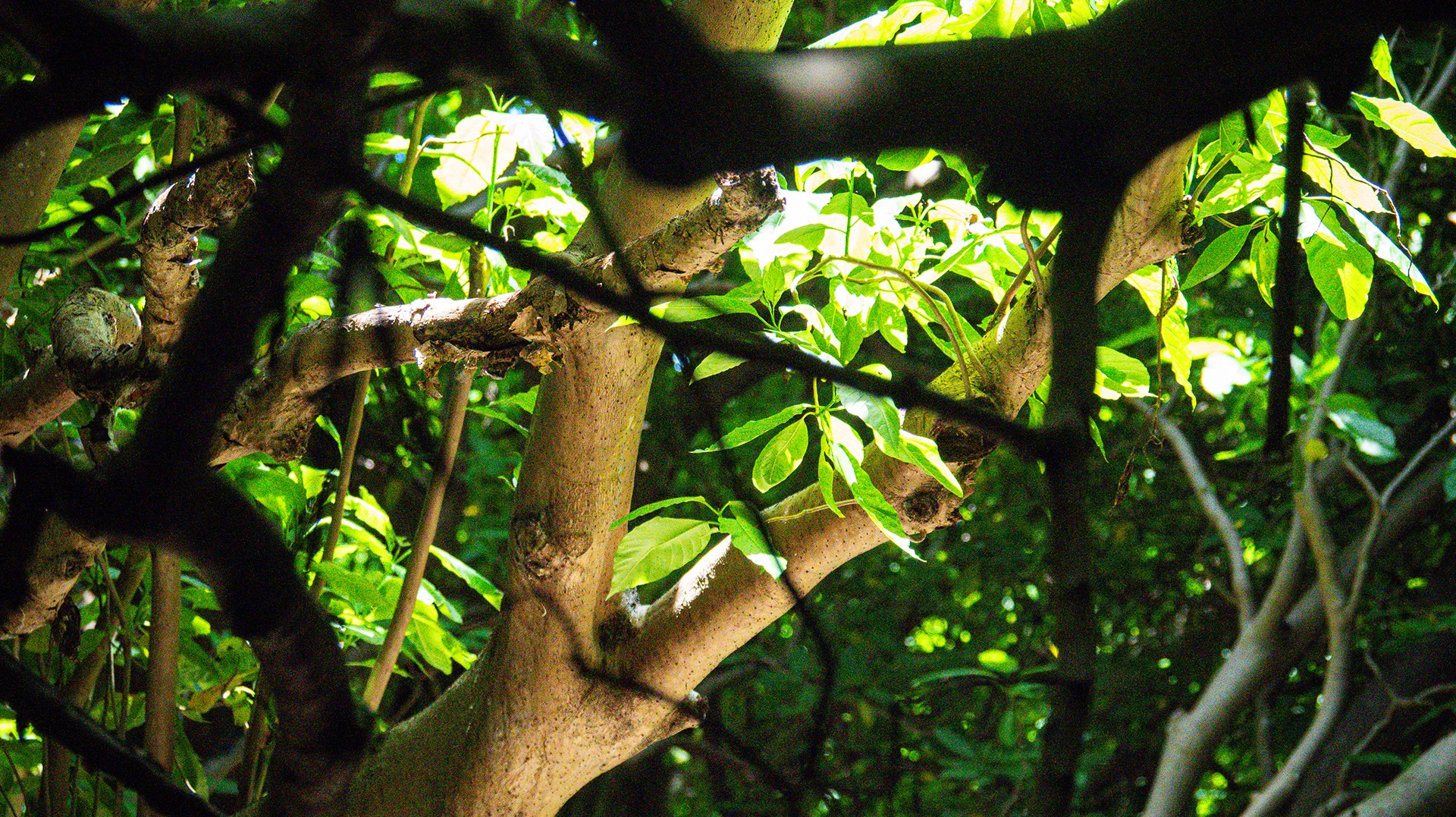
October 3, 2024
Island Conservation and partners have published a new paper quantifying ecosystem resilience on restored islands!
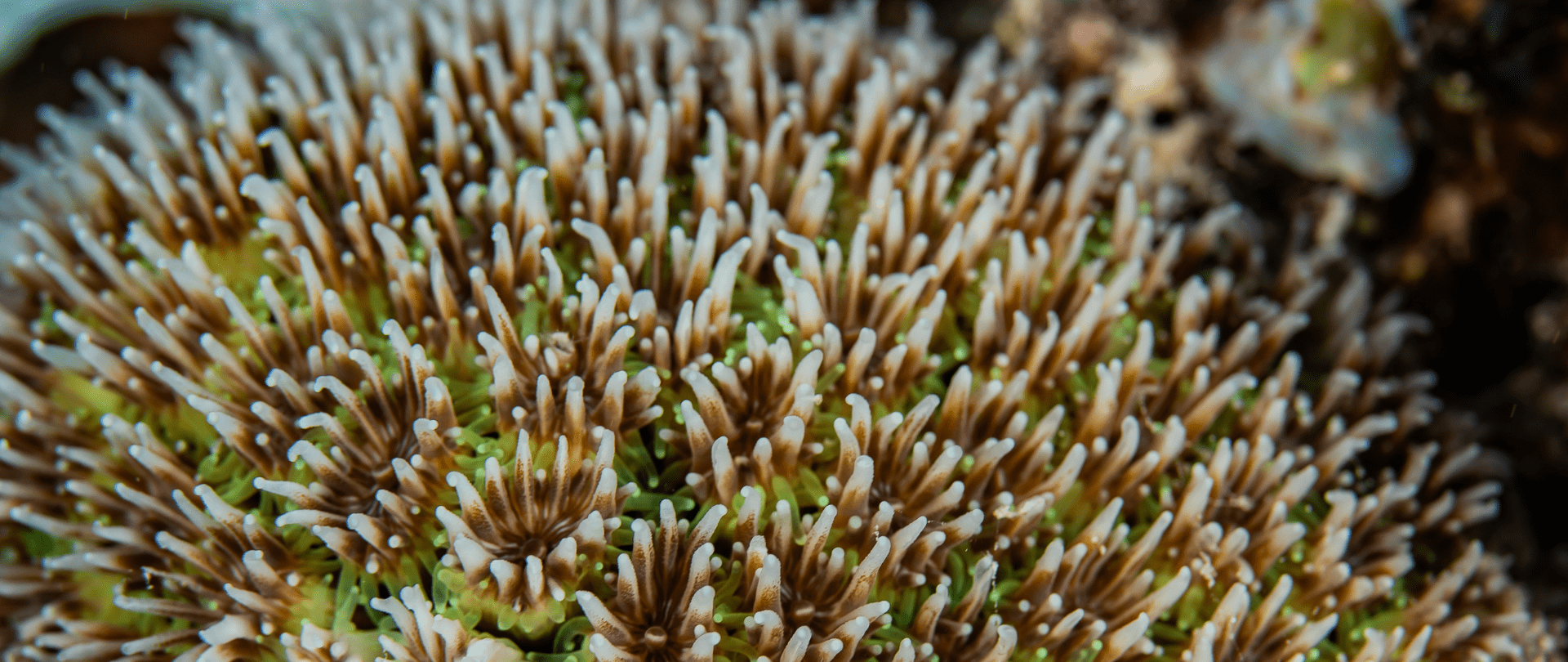
September 10, 2024
Climate Week NYC: what is it and why is it important? Read on to find out why Island Conservation is attending this amazing event!

September 5, 2024
With sea levels on the rise, how are the coastlines of islands transforming? Read on to find out how dynamic islands really are!
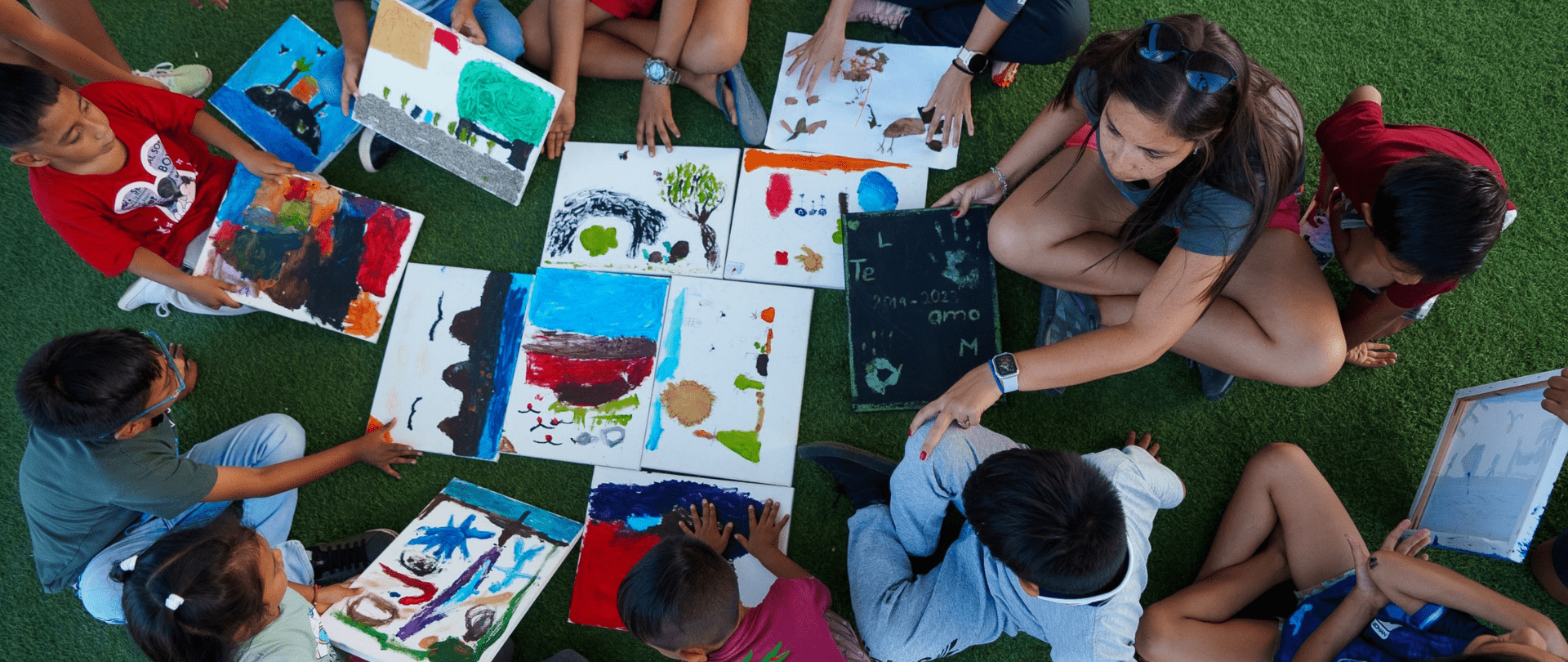
December 14, 2023
Join us in celebrating the most amazing sights from around the world by checking out these fantastic conservation photos!
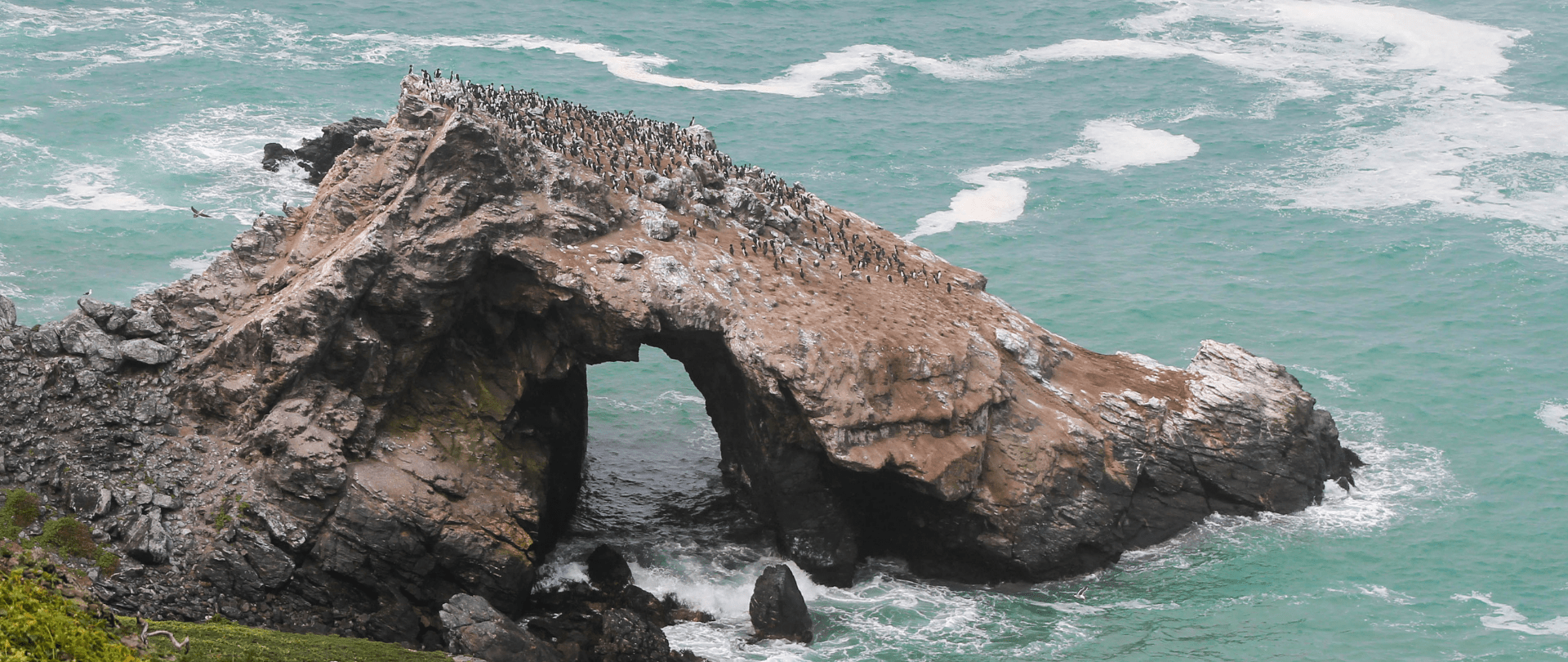
November 28, 2023
Rare will support the effort to restore island-ocean ecosystems by engaging the Coastal 500 network of local leaders in safeguarding biodiversity (Arlington, VA, USA) Today, international conservation organization Rare announced it has joined the Island-Ocean Connection Challenge (IOCC), a global effort to…